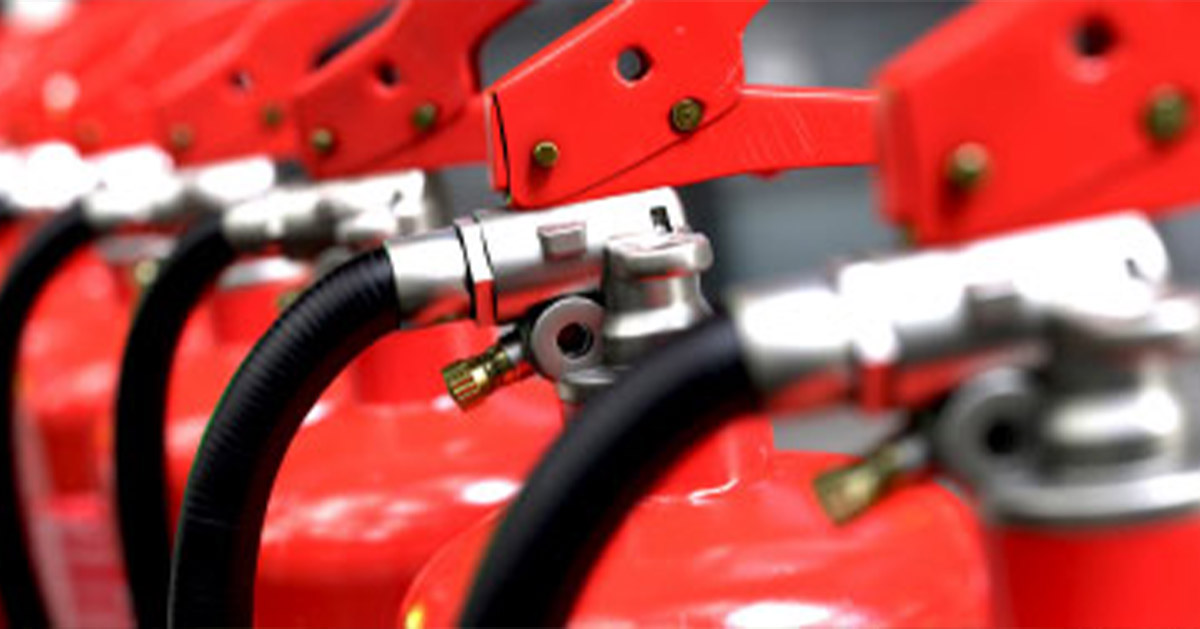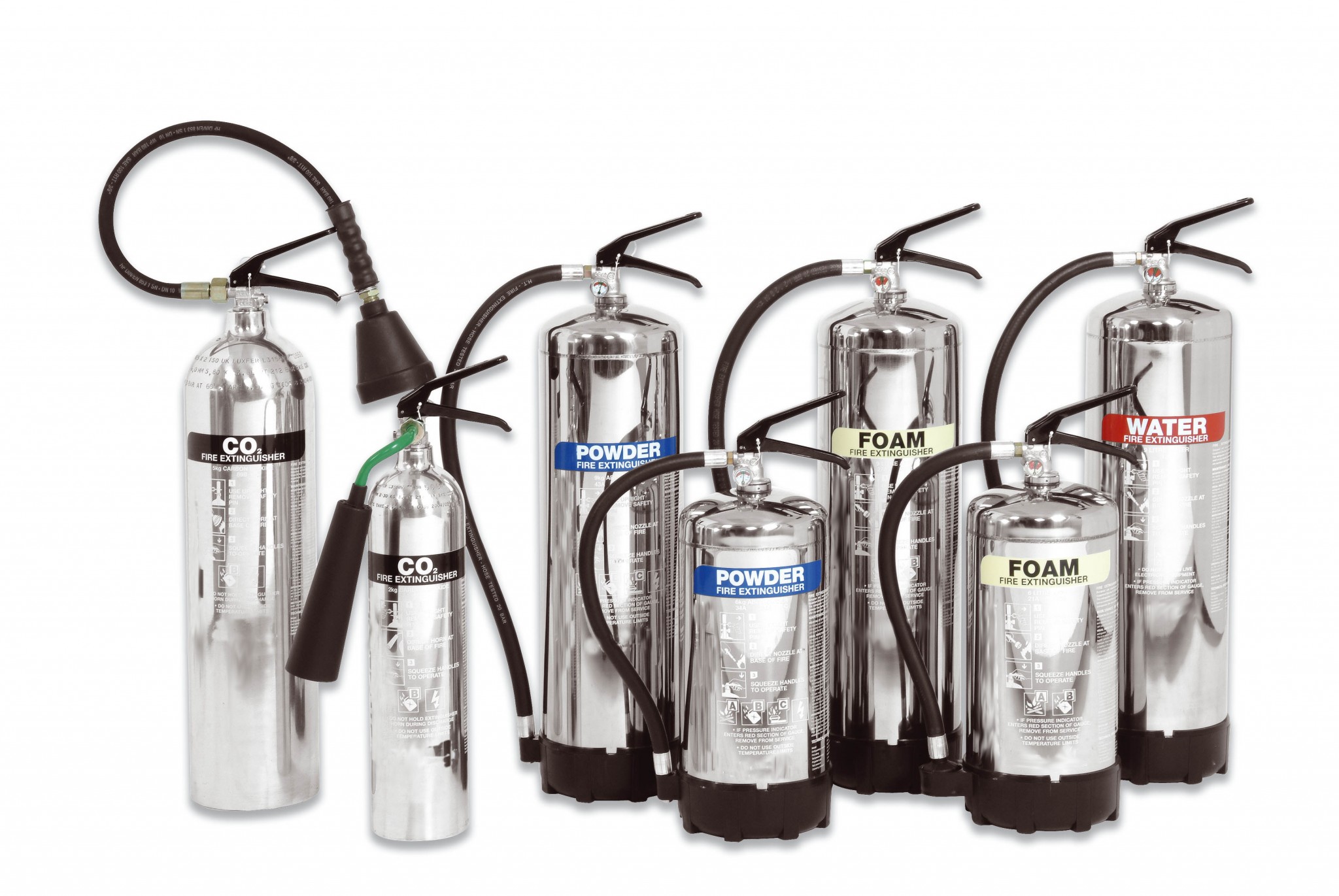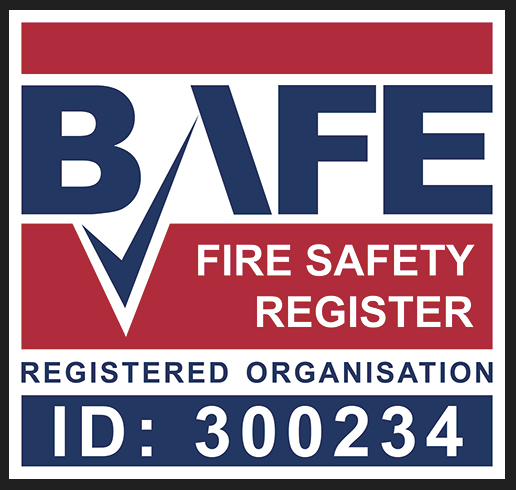Industry Articles

Fire Extinguishers – revised standard
The British Standard which directs the selection and positioning of fire extinguishers (BS 5306-8) has been recently updated, and there have been significant changes to the recommendations. We have listed some of the key changes below.
Consideration for the environment in which extinguishers are used
When selecting extinguishers, consideration should be given to the impact of discharging the extinguisher on the environment in which it is used. For example, powder extinguishers can cause considerable damage to sensitive equipment, foodstuffs, and artefacts, and therefore would not be the best selection for offices, commercial kitchens or museums.

Use of powder extinguishers indoors
When discharged, indoor powder extinguishers can cause sudden loss of visibility and can impair breathing. It is now recommended that these extinguishers should not be used indoors if an alternative extinguisher is available.
Revised travel distances
The recommended maximum distances from a specific risk to the nearest fire extinguisher have been revised. The most far-reaching impact of this change is that more CO2 extinguishers will be required in many buildings, due to the amount of electrical equipment in modern buildings.
Cooking oil fires
Virtually all kitchens using cooking oils/fats will now require a Class F (Wet Chemical) extinguisher.

Training
We are now required to bring it to the attention of clients that there is a legal requirement to provide training in the use of fire extinguishers.
Signage requirements
It is now a requirement that the signage above the extinguisher should specify the type of extinguisher so that if it goes missing the correct replacement can be ordered.



